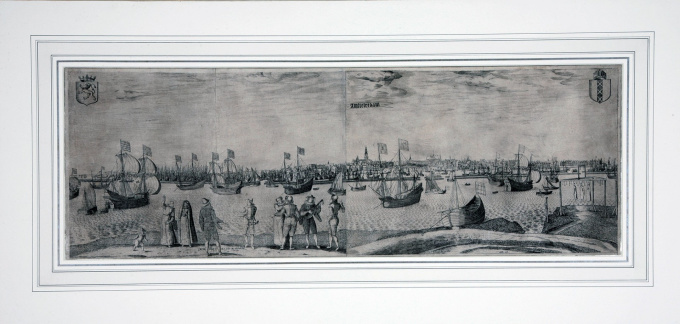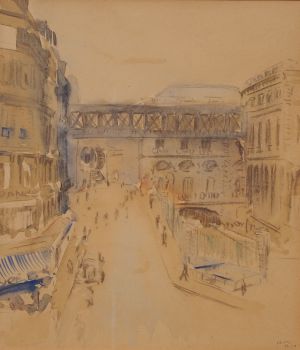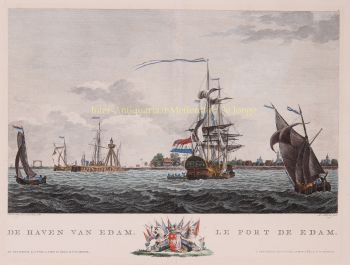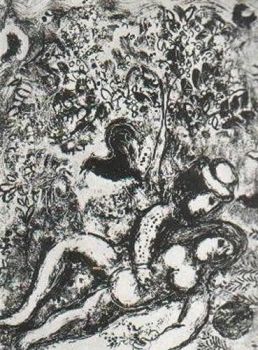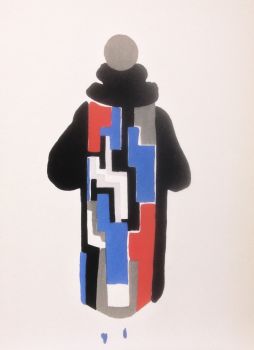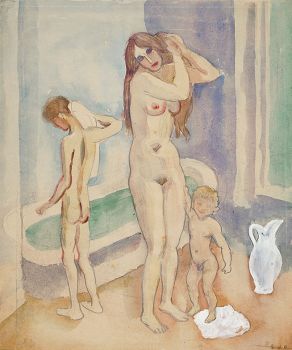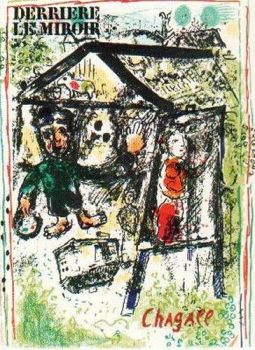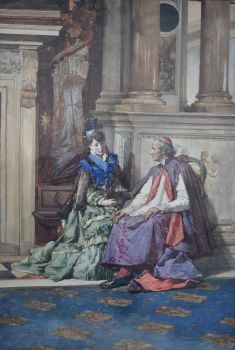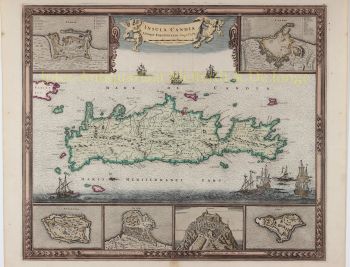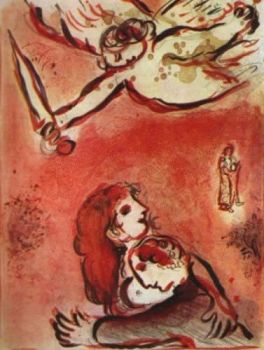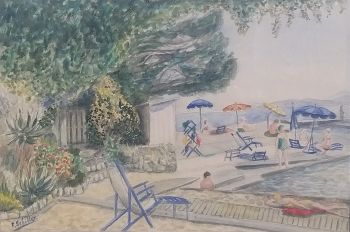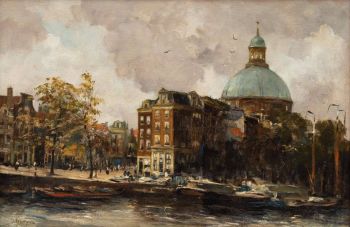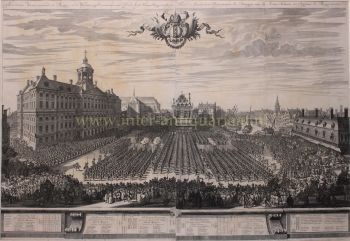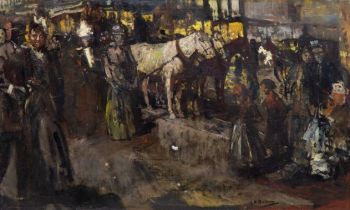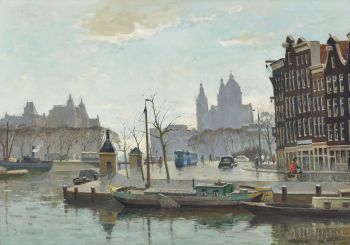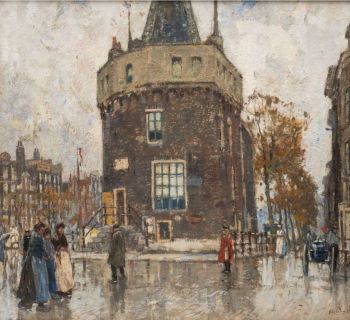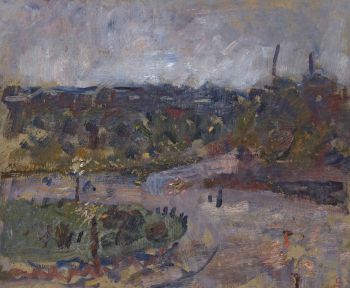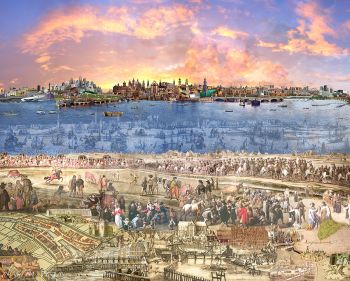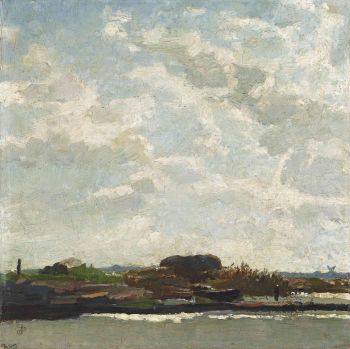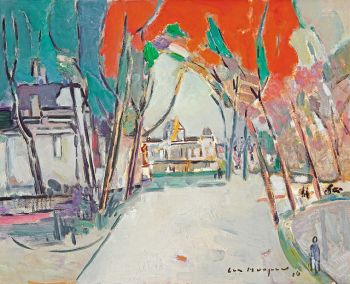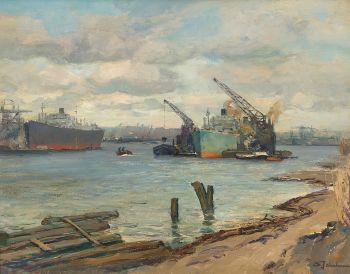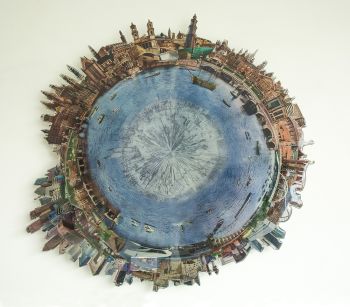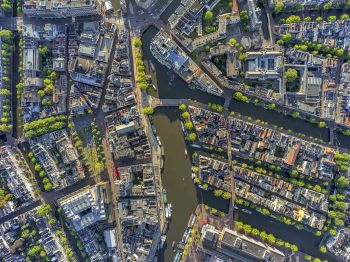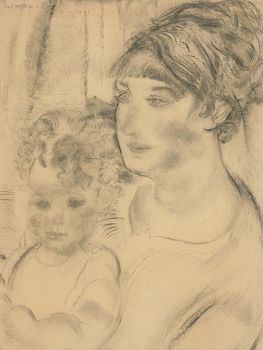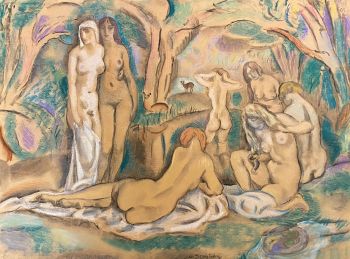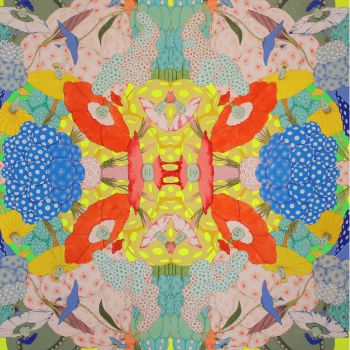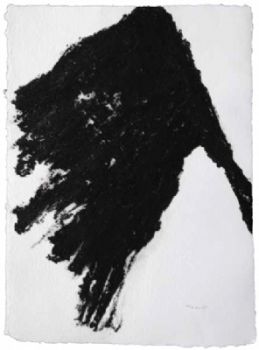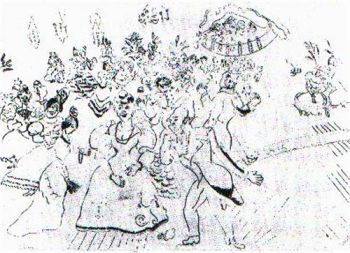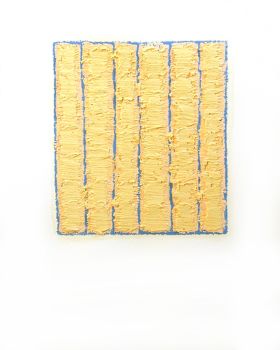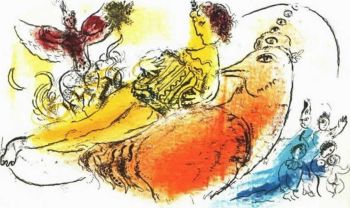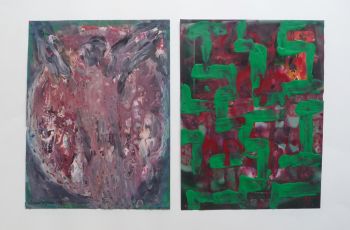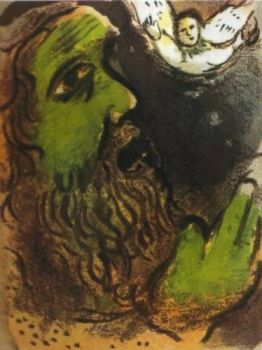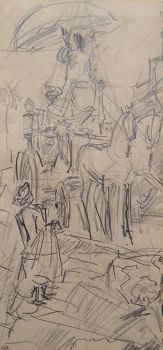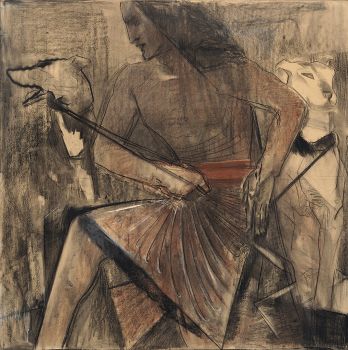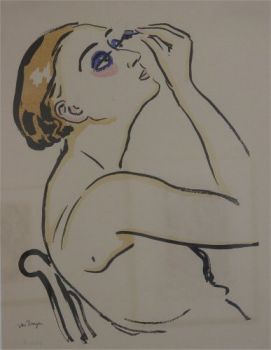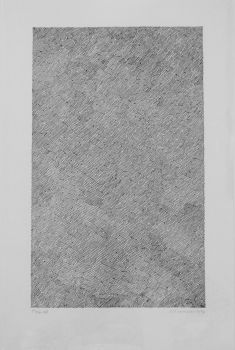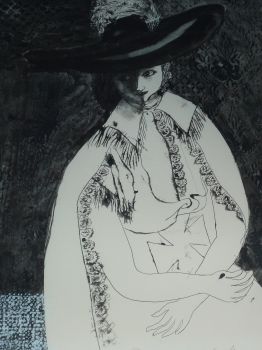Important 16th-century view of Amsterdam as seen from the IJ 1599
Pieter Bast
InchiostroCarta
27 ⨯ 76 cm
ConditionExcellent
Attualmente non disponibile tramite Gallerease
- A proposito di opere d'arteAmstelredam. [Antwerp], Pieter Bast, 1599.
Large engraved panorama on 2 sheets (ca. 27 x 76 cm as assembled).
Framed.
Rare first state of a 16th-century view of Amsterdam as seen from the inlet known as the IJ made by Pieter Bast, a Dutch engraver from Antwerp best known for his city map of Amsterdam and this view. "In its amplitude and the sheer audacity of the presentation, this engraving is indisputably one of Bast's most significant creations. It is as much a portrait of the harbour of Amsterdam as of the city itself and underscores the unique importance of maritime trade as the principle source of the city's wealth and power". With its distinctive orientation he not only initiated the series of representations of Amsterdam as seen from the IJ, but also "established the standard for an entire genre of Dutch maritime painting" (Keyes). In 1611 a second state (edition) was published by Claesz Jansz. Visscher, who drastically altered the composition.
In very good condition.
Hollstein I, p. 168, 8; Keyes, Pieter Bast 8 and p. 19. - A proposito di opere artistaBast nacque ad Anversa, figlio di Josyntje Plantin, che faceva parte della famosa famiglia di tipografi Plantin. Il 31 agosto 1601 sposò Aryaentje Geryt Schaecken a Leida. L'anno successivo acquistò una casa accanto alla Scuola Latina. Carriera Pieter Bast ha inciso mappe e paesaggi urbani delle città olandesi. Ha lavorato su una mappa di Emden. Ha lavorato anche come geometra. La più famosa delle sue opere fu la mappa di Amsterdam che disegnò e incise nel 1599. Essa copriva un totale di quattro lame ed è intitolata Amstelodamum, Hollandiae urbs primaria, emporium Totius Europae celeberrimum. Dal 1544 non esisteva una mappa accurata della città di Amsterdam, quindi quest'opera ha un significato storico. La mappa fu pubblicata il 1 ottobre 1599 dal libraio-editore Harmen Allartz o Alardi. La carta era firmata Petr. Bast Au (auctor) et sculp (sit) et excudebat, 1599, il che indica che Pieter Bast fu anche editore. La carriera successiva Pieter Bast realizzò ulteriori incisioni di Middelburg, Dordrecht, Leeuwarden, Franeker, Leiden e Utrecht. Ha anche fatto incisioni di eventi storici come l'assedio e la cattura di Nimega come parte della rivolta olandese di Maurice, principe d'Orange il 14 ottobre 1591, la battaglia di Nieuwpoort. Altri artisti con cui ha collaborato includono Floris Balthasar e Johan Sems. Fu sepolto nella chiesa di San Pietro a Leida.
Artwork details
Categoria
Soggetto
Materiale e Tecnica
Related artworks
Bob Buys
Paris, Gare de L'Est, Passerelle de la Rue d'Alsace1940 - 1950
Prezzo su richiestaAdelwein Kunst
Marc Chagall
And Mozes saw the burdens of his Brethren1952 - 1989
Prezzo su richiestaArthouse Marc Chagall
Jan Sluijters
Mother with two children in bathroom1900 - 1950
Prezzo su richiestaStudio 2000 Art Gallery
1 - 4 / 24Samuel Dejong
Anatomia Blue heritage II Goliath Beetle closed BGG2019
Prezzo su richiestaVilla del Arte Galleries
Jeffrey Milstein
Royal Palace + Dam Square - Amsterdam Aerials2018
Prezzo su richiestaARTITLED contemporary
1 - 4 / 24Rene Rietmeyer
"PORTRAIT OF YAYOI KUSAMA JUNE 1999"1999
Prezzo su richiestaEuropean Cultural Centre Collection
1 - 4 / 24

